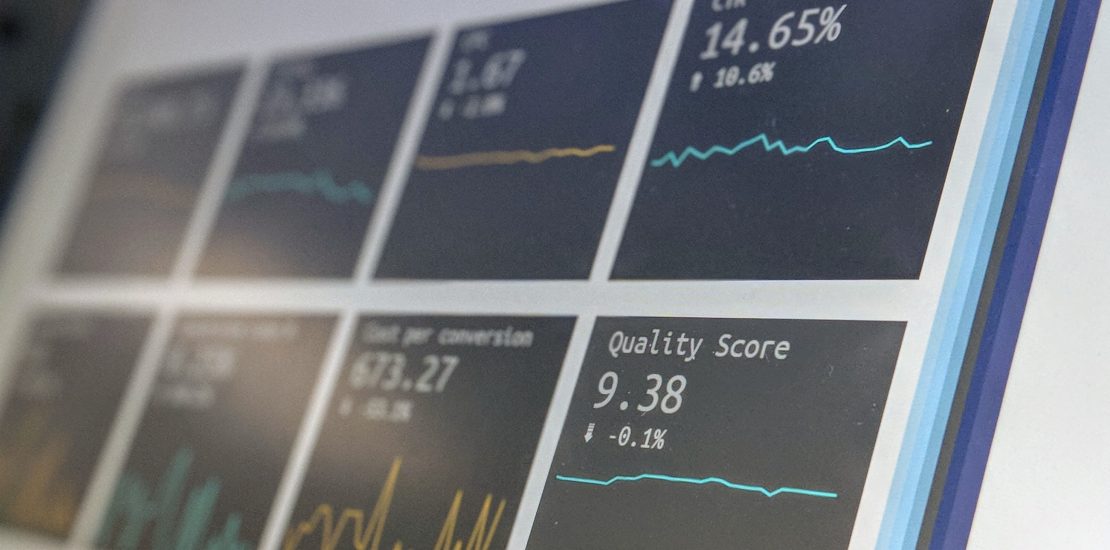Thought Leadership
5 Steps to Audit your Procure to Pay Processes
December 14, 2021


With this year drawing to a close and a quieter period coming up for most businesses in the region, lots of companies like to use this time to plan activities for next year. With cost cutting and efficiency gains and trying to achieve more with less still at the top of almost every Executives agenda, some businesses are looking at corporate improvement projects that can deliver on this. We’ve written previously about the benefits of implementing procure to pay solutions, but what’s the best way to understand whether your procure to pay solutions are firing as well as they should be? We take a deep dive into 5 steps you can take today to audit your procure to pay processes and identify whether it should be an area of focus for next year.
step 1 – identify your scope
This should be a relatively straightforward, but we do see a lot of organisations missing the mark with their scope. There is a huge amount of value that can be gathered from the complete procure to pay value chain, yet many companies will look to just audit parts of the process for example, just raising purchase orders or just accounts payable. Whilst it may seem like a productive way of doing this, it can be incredibly misleading on the health of the overall process. Bite the bullet and look at process in its entirety, it will give you a far more accurate view of your processes.
step 2 – map out your existing processes
Most organisations will have high level process maps for the procure to pay process and whilst this is a great start you should use the opportunity use the opportunity to go deeper across the whole value chain and understand not just how the process works but how well its working with key stakeholders. A great way to do this is to interview key stakeholders and end users in the process to understand what is working well, what is not working well and what exceptions cause the biggest problems in terms of time and manual work. Try and be as inclusive as possible for the interviews and also include some of your key suppliers as well. From these interviews you should be able to gather key insights to questions such as:
- What are the key pain points in the process?
- What manual activities cause the biggest headaches for users?
- What blockers are in place to getting end users to follow the current process?
- What blockers are in place that inhibit your ability to identify opportunities to reduce your cost of processing invoices, buying goods or negotiate greater cost savings across your supplier base?
- What would be the quick wins within your processes, what will need to be a longer-term development?
- What cultural and team factors influence the current process?
- What different technology platforms that are in use in the process at the moment.
step 3 – map out your existing technology and data
One of the most important assets every business has is data – it’s also a key component of being able to drive value from your finance and procurement processes so it’s vital that you’ve got a good handle on your data. Look at all the core business systems that interact with your finance and procurement processes and identify the following:
- What data is required in your procure to pay process and what system/s are the source of truth for that data
- Map the data through your existing process and identify any areas where data quality may be corrupted.
This type of review ensures that you have a data-driven map of your current systems and technology, a clear understanding of where master data is stored, what data is currently integrated and importantly an understanding of where data quality is being impacted in your current process. This level of detail ensures that you’ve got a solid view on the technology that is driving your current processes.
step 4 – identify improvement areas
With the information from the first 3 steps you should have a strong view on the whole procure to pay process within your business. This is essential in being able to drive enablement
- Process simplification – you should be aiming for a 60-70% reduction in human activity in the process
- Maximise automation – driven by simplification your future process should automate as much as possible, its unacceptable in our current business environment to tolerate repetitive, manual data entry as a core part of any step in this process.
- Systemise compliance – compliance with internal and external financial policies and processes is critical for any business, your process should systematise this compliance rather than consider it as an afterthought. Step through your process with internal audit and finance leaders to understand what restrictions, guidance or business rules need to be applied at stage of the process, typically technology will be able to automate a lot of this.
- Eliminate double-entry of data – Double entry of data kills data quality and should be avoided at all costs. Don’t design a process that has that level of redundancy – it creates avoidable risks in your process and is a waste of your resource time.
- Ensuring clean data – data will drive a huge part of your cost savings, if you’ve got bad data going into your process you won’t be able to drive the results you are looking for. Step through your process and identify what data validation should be in place to ensure your data remains clean.
- Drive user adoption – From your existing process deep dive you should have a deep understanding of what your internal and external users want and need. Make sure your future process addresses these needs in a user friendly and simple way.
- Current trends – your future process should be robust enough to be able to handle any changes in government regulation or customer trends. With your process documented review what would be the implication of needing to change something, what if a new data validation was required or a report needs to be run. Does the model still hold?
step 5 – benchmark against other organisations
The final step in the process is to benchmark your procure to pay process against other organisations ideally in your industry and area. There are a range of different metrics that you can use to benchmark such as:
- Purchase order approval time
- Purchase order percentage
- Invoice cycle time
- Spend under management
- Spend against contract
- Cost to process each invoice
Investing a bit of time into a google search will help pull out some benchmarks here or you can complete our online assessment and get an instant benchmark report. It takes on average 8mins to complete and asks a series of questions about your current processes to assess your current maturity and benchmark you against others.




